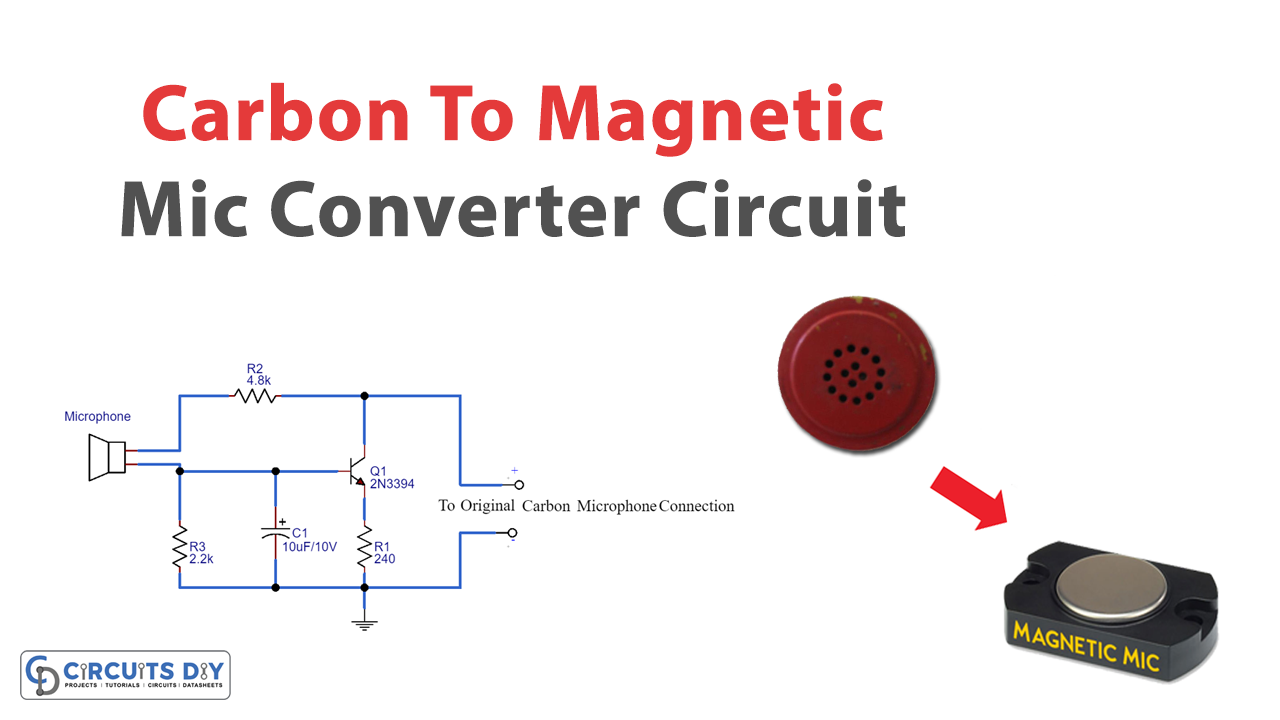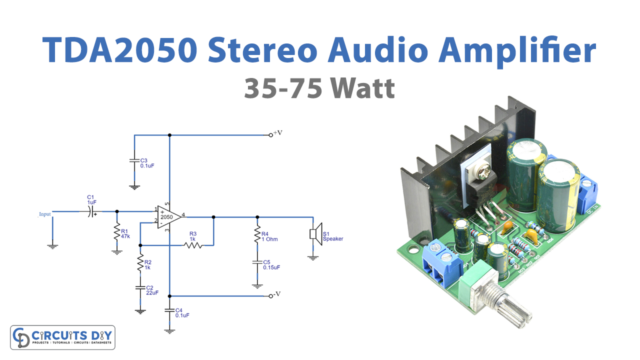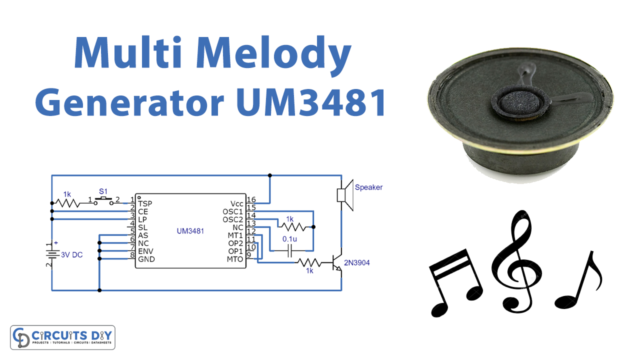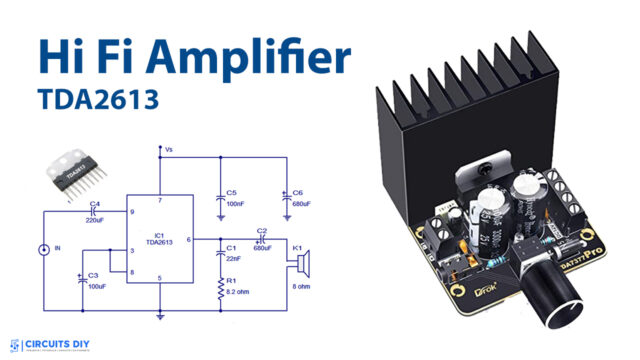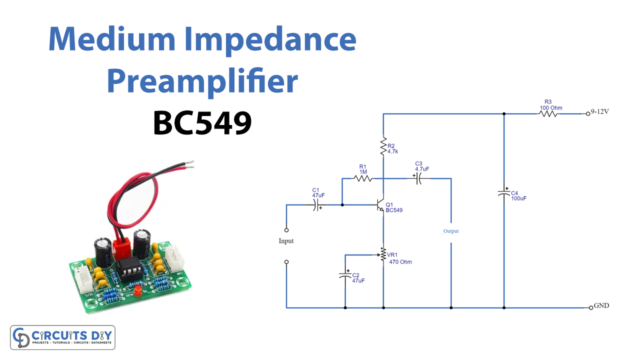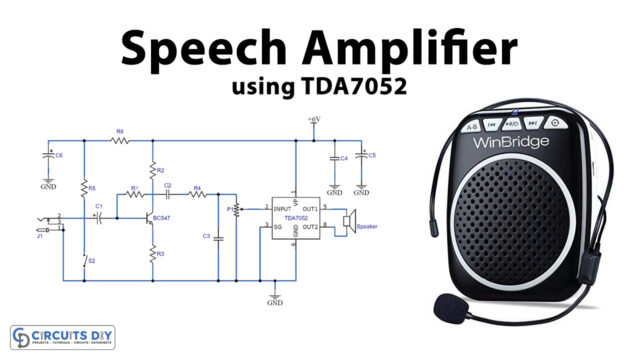People have used microphones for more than a century. They remain one of the most integral parts of electronic production and recording. Overall, they simply capture sounds and convert them into electrical signals. In this project, we will focus on designing a carbon microphone for a magnetic mic converter circuit, as well as the applications of a carbon microphone to a magnetic mic converter.
A Carbon microphone converts sound signals to an audio signals. When sound waves strike the carbon mic diaphragm containing carbon granules, it oscillates, exerting a changing pressure onto the carbon. These varying pressure levels ultimately translate to varying levels of current, which are then passed through a transformer or a capacitor to be used in an audio transducer.
Whereas, a magnetic microphone is a modern alternative to its old counterpart, consisting of a diaphragm acted upon by sound waves & connected to an armature that varies the reluctance in a magnetic field surrounded by a coil.
Hardware Components
The following components are required to make Mic Converter Circuit
| S.No | Component | Value | Qty |
|---|---|---|---|
| 1. | Breadboard | – | 1 |
| 2. | Connecting wires | – | 1 |
| 3. | Condenser Mic | – | 1 |
| 4. | Magnetic/Dynamic microphone element | – | 1 |
| 5. | NPN Transistor | 2N3394 | 1 |
| 6. | Electrolytic Capacitor | 10uF | 1 |
| 7. | Resistors | 2.2k, 4.8k, 240 | 1, 1, 1 |
2N3394 Pinout

For a detailed description of pinout, dimension features, and specifications download the datasheet of 2N3394
Mic Converter Circuit

Working Explanation
This circuit takes a carbon mic input and changes it into a magnetic-type output, Using Q1 (2N3394) as a switch. This circuit doesn’t require a ground connection, even if you build this circuit in a metal casing. Here, the Magnetic/Dynamic element mic acts as a substitute for the carbon microphone.
This circuit requires a minimum number of components, due to which the entire converter amplifier can be mounted on the original microphone unit, to avoid permanent damage to transistor Q1, the circuit must be wired correctly before using it for the first time. The +ve lead which is going in the Transistor Q1 collector must be connected to the microphone input that is providing a positive voltage.
Applications
- Used to boost the sound quality of existing carbon microphones.
- Used to refine the vocal standard of telephonic devices employing carbon microphone technology such as rotary phones.


